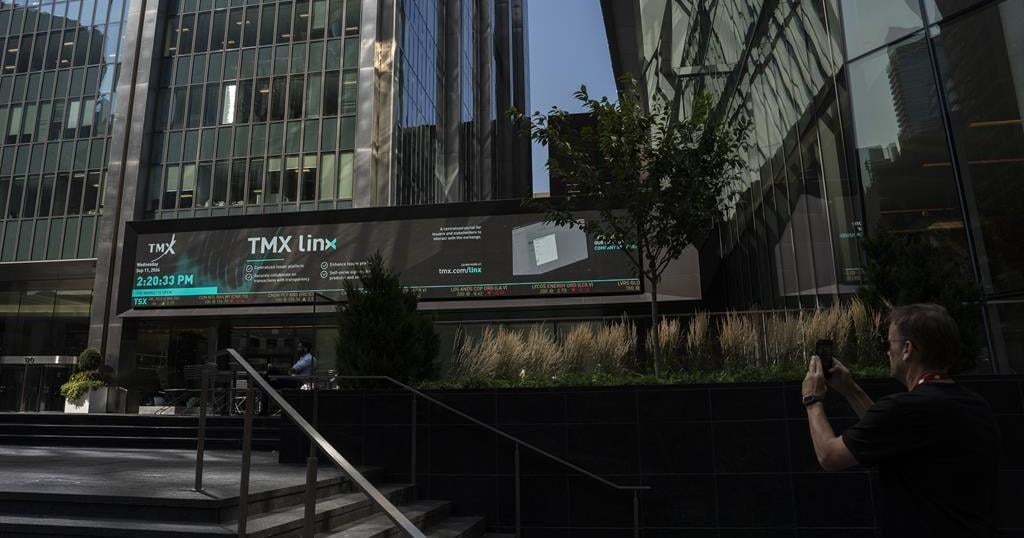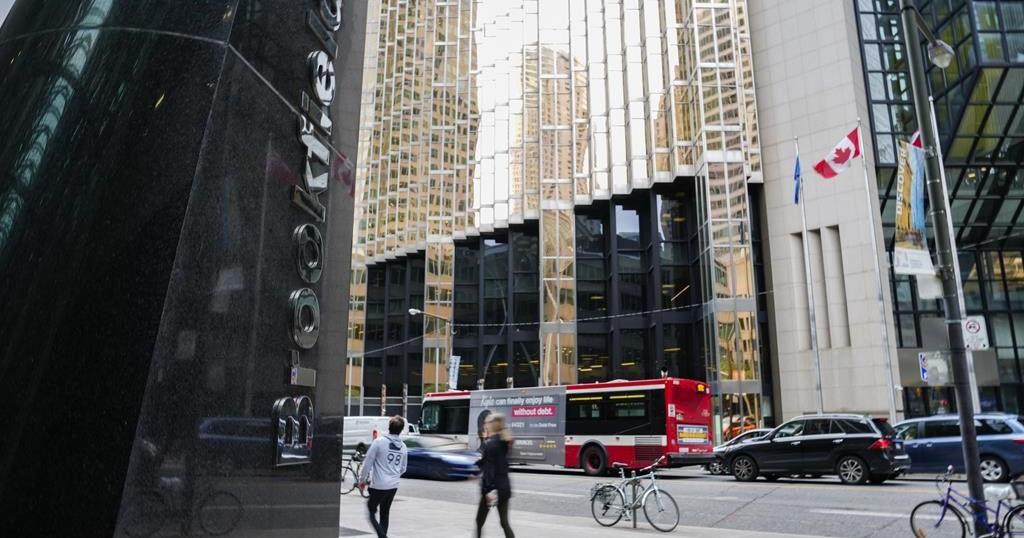The energy crisis and policy actions sent global investment in low-energy sources soaring to a record $1.1 trillion in 2022, with the money spent on the energy transition equaling for the first time investment in supply of fossil fuels, a new report from research firm BloombergNEF (BNEF) showed on Thursday.
Despite supply chain bottlenecks and rising inflation and interest rates and macroeconomic headwinds, investments in the energy transition globally jumped by 31% last year, BloombergNEF said.
The research firm has estimated that global investments in fossil fuels –including in upstream, midstream, downstream, and unabated fossil power generation – reached $1.1 trillion in 2022. The same amount of money was spent on energy transition technology, including renewable power generation, energy storage, carbon capture and storage (CCS), hydrogen, electrification of transport, electrified heat, and sustainable materials.
“This marks the first time that global energy transition investment has matched fossil fuel investment, and comes despite fossil investment growth triggered by last year’s energy crisis,” BloombergNEF said.
“Our findings put to bed any debate about how the energy crisis will impact clean energy deployment,” said Albert Cheung, Head of Global Analysis at BloombergNEF.
“Rather than slowing down, energy transition investment has surged to a new record as countries and businesses continue to execute on transition plans.”
Despite the largest annual jump in investment in clean energy, much more investment is needed to get the world on track for net zero in the long term, according to BloombergNEF.
In the company’s Net Zero Scenario, the world should invest an annual average of $4.55 trillion for the rest of this decade.
Earlier this month, the International Energy Agency (IEA) said that as the world enters a new industrial age, total investments in clean energy technologies and infrastructure have to top $4.5 trillion in 2030 under the net-zero emissions by 2050 scenario.
By Tsvetana Paraskova for Oilprice.com
























